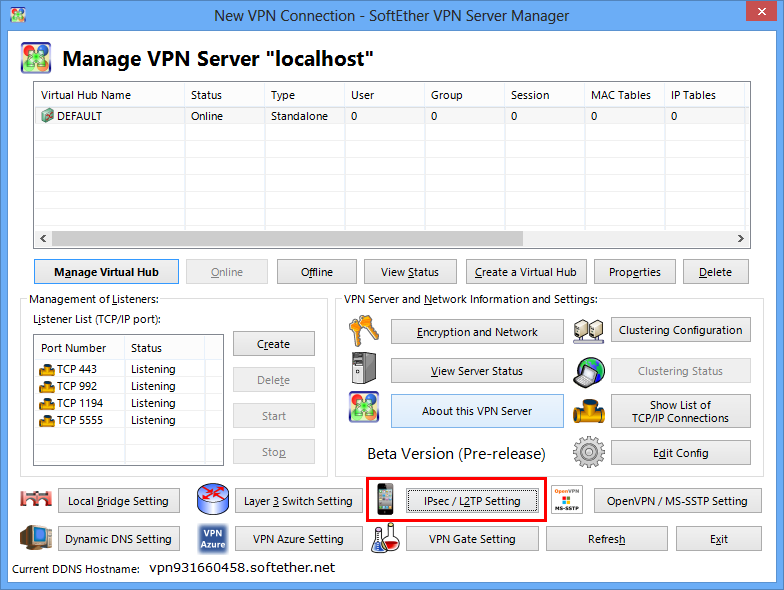

You’ll assign a Server configuration to each Site you create. Sites are logical groups of servers that host Microsoft Tunnel. However, you can modify the session timeout value along with other server configuration settings using graph calls (microsoftTunnelConfiguration). Use the following options to include or exclude addresses:īy default, each VPN session will stay active for only 3,600 seconds (one hour) before it disconnects (a new session will be established immediately in case the client is set to use Always On VPN). Excluded addresses aren’t routed to Tunnel Gateway. Included addresses are routed to Tunnel Gateway.

Because the standalone tunnel client requires use of UDP, only select the checkbox to disable UDP connections after you’ve configured your devices to use Microsoft Defender for Endpoint as the tunnel client app.Īlso on the Settings tab, configure Split tunneling rules, which are optional. Server port: Enter the port that the server listens to for connections.ĭNS servers: These servers are used when a DNS request comes from a device that's connected to Tunnel Gateway.ĭNS suffix search (optional): This domain is provided to clients as the default domain when they connect to Tunnel Gateway.ĭisable UDP Connections (optional): When selected, clients only connect to the VPN server using TCP connections.
Windows vpn monitor software software#
Depending on your environment and infrastructure, additional configurations and software like Azure ExpressRoute might be needed.īefore you start installation be sure to complete the following tasks:
Windows vpn monitor software install#
To Install Microsoft Tunnel Gateway, you’ll need at least one Linux server with Docker installed, which runs either on-premises or in the cloud.


 0 kommentar(er)
0 kommentar(er)
